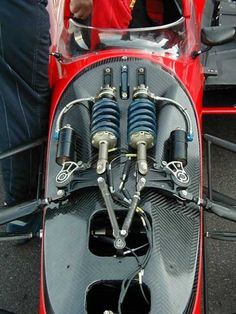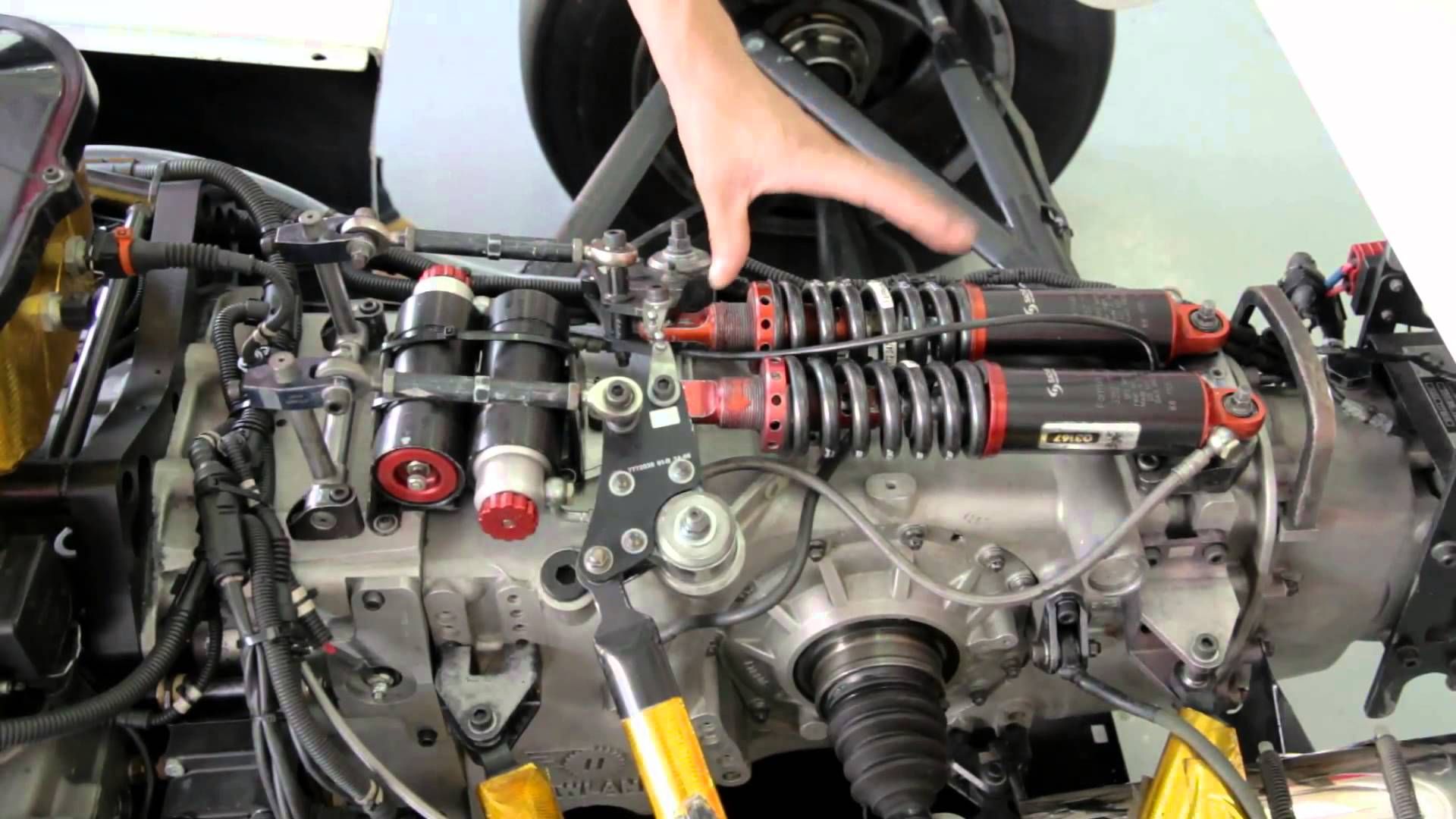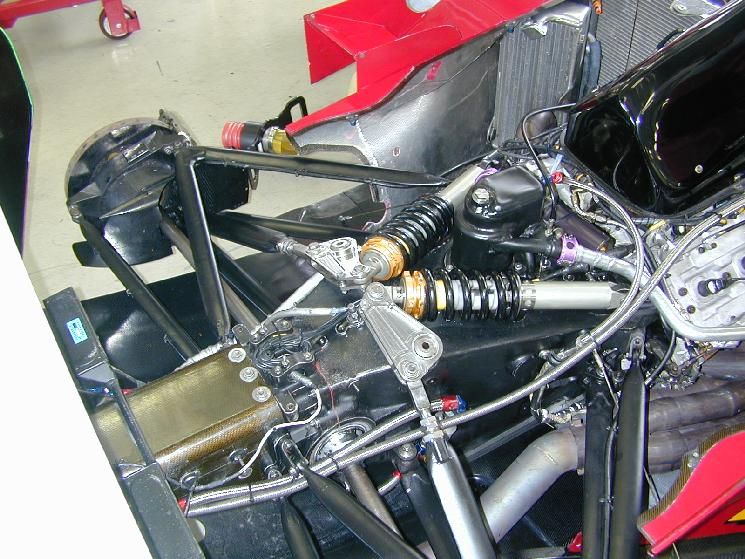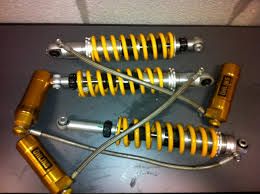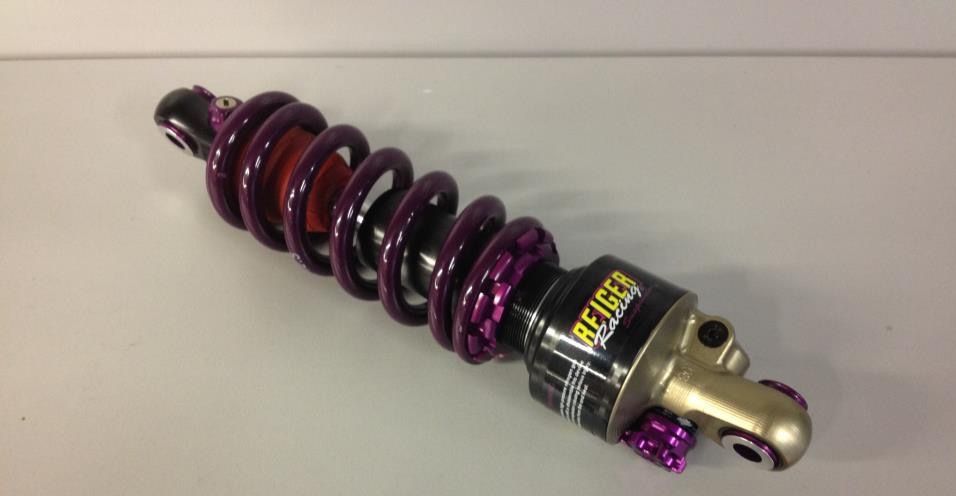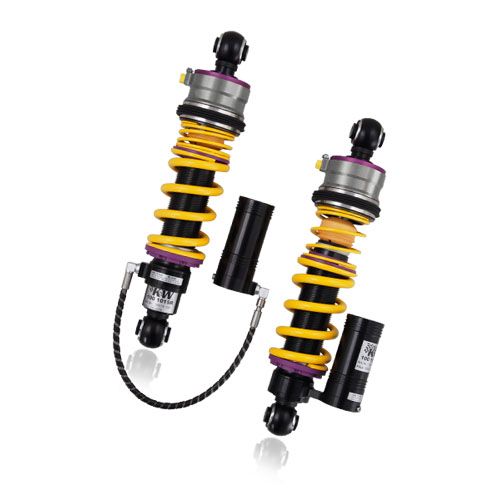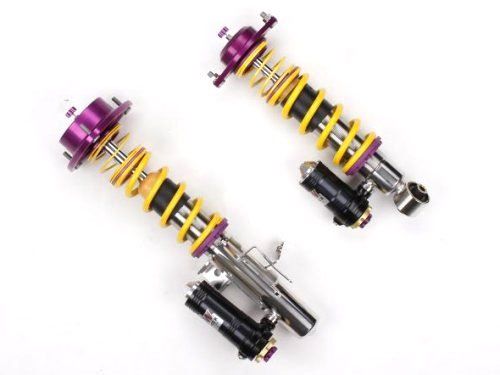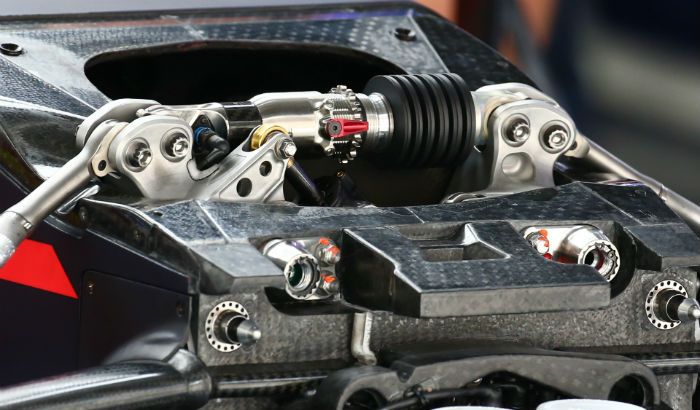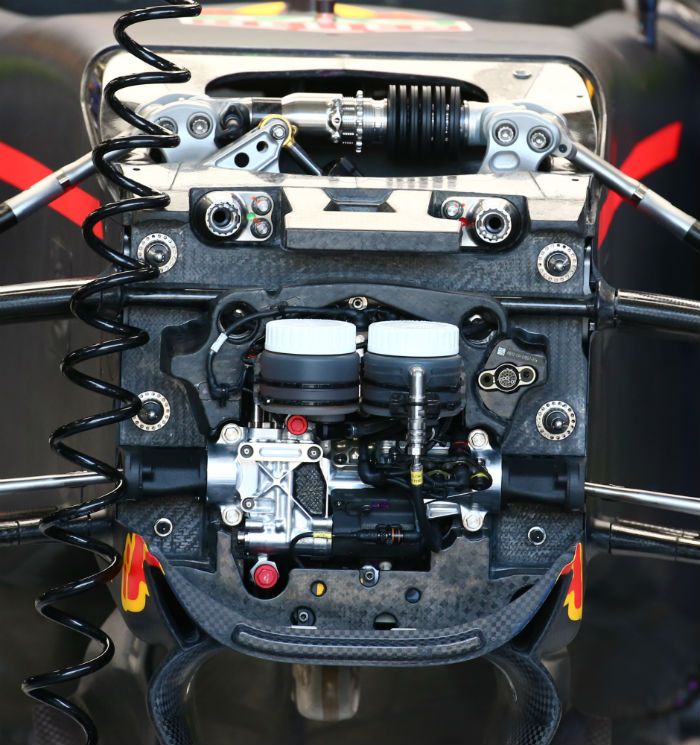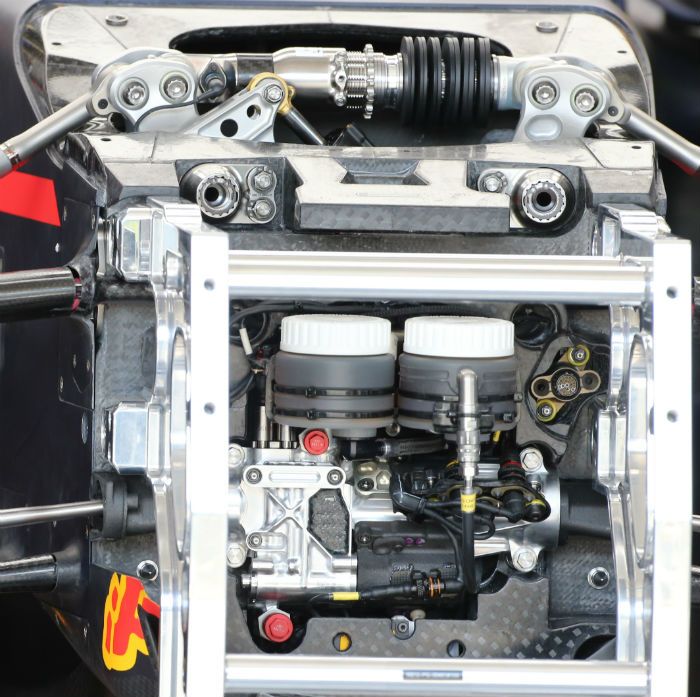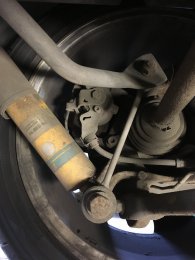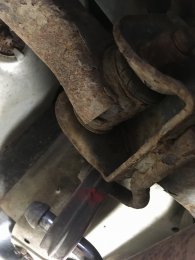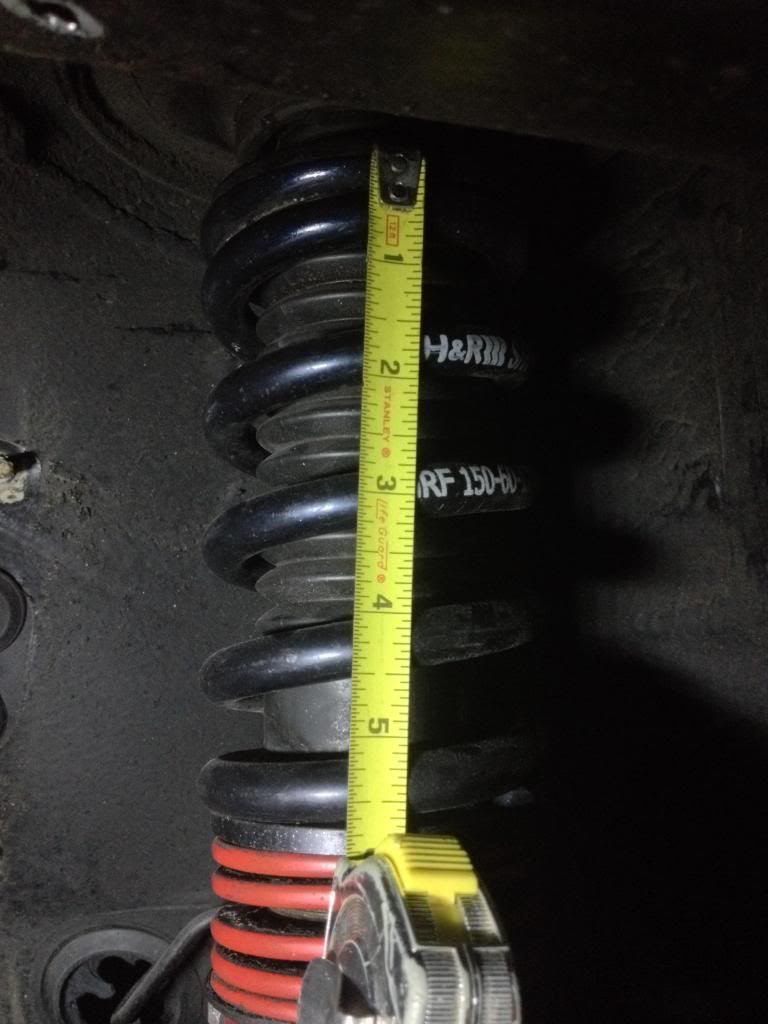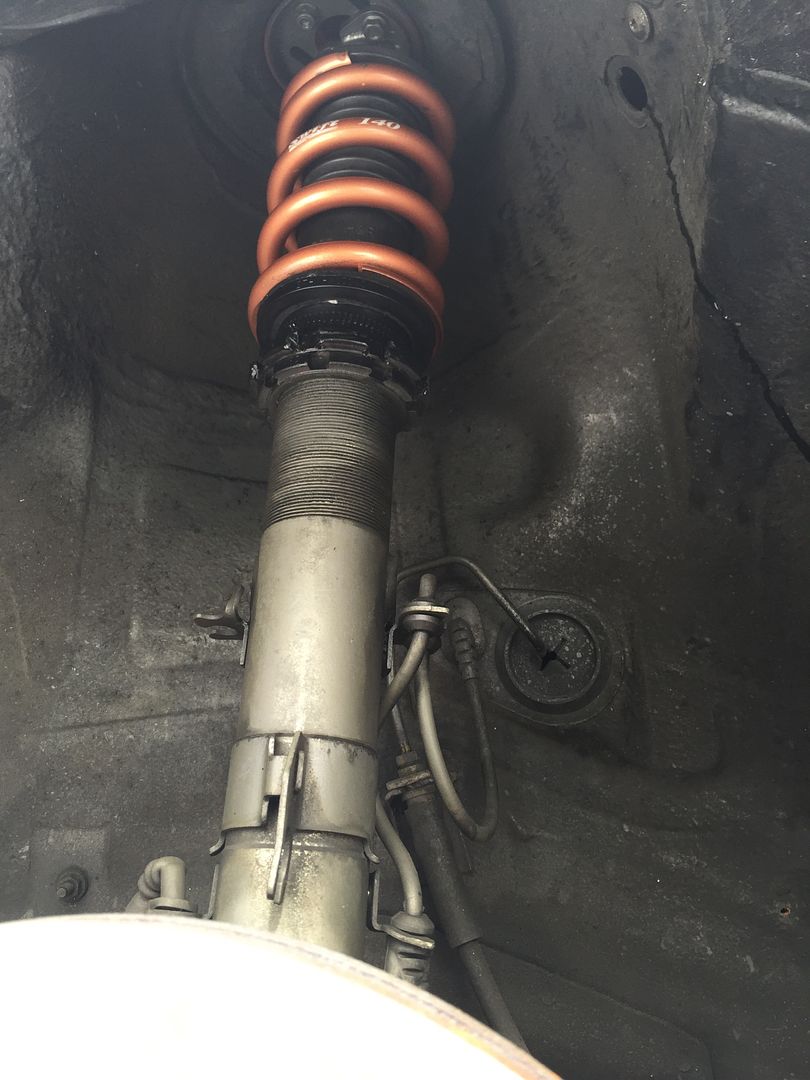Dubs00
Registered User
- Joined
- Sep 13, 2016
- Messages
- 28
- Reaction score
- 1
- Points
- 3
Hi all
Trip to the Nurburgring last week was great and the s3 did its job in fine style accept for the sloppy back end. My chassis upgrades are so far as follows
Bilstein shocks/Eibach springs
Poly bushes all round
Yellow stuff pads/Bilstein discs
Yoko ad08s which I can't recomend enough.
Managed to put in a couple sub 10 minute laps but come back thinking if only the car conered a little better it could do at least a 9.30!!
Has anyone used updated anti roll bars on a track with any success?
Have been looking at these so far but have also seen people mentioning r32 jobs which are a bit thinner. The car is not my daily so I'm not to bothered if it's stiff as a rsj as long as it looses the sloppy *** end.
EIBACH 26MM FRONT & 24MM REAR ANTI ROLL BARS
S3 8L 1.8T Quattro 01/99>
Part Number: E40-85-001-01-11
H&R 25MM FRONT & 21MM REAR ANTI ROLL BARS
S3 8L 1.8T Quattro 01/99>
Part Number: 33431-1
OUR PRICE
£309.95
INC. VAT & DELIVERY
Any recommendations would be greatly appricated!
Thanks in advance
Trip to the Nurburgring last week was great and the s3 did its job in fine style accept for the sloppy back end. My chassis upgrades are so far as follows
Bilstein shocks/Eibach springs
Poly bushes all round
Yellow stuff pads/Bilstein discs
Yoko ad08s which I can't recomend enough.
Managed to put in a couple sub 10 minute laps but come back thinking if only the car conered a little better it could do at least a 9.30!!
Has anyone used updated anti roll bars on a track with any success?
Have been looking at these so far but have also seen people mentioning r32 jobs which are a bit thinner. The car is not my daily so I'm not to bothered if it's stiff as a rsj as long as it looses the sloppy *** end.
EIBACH 26MM FRONT & 24MM REAR ANTI ROLL BARS
S3 8L 1.8T Quattro 01/99>
Part Number: E40-85-001-01-11
H&R 25MM FRONT & 21MM REAR ANTI ROLL BARS
S3 8L 1.8T Quattro 01/99>
Part Number: 33431-1
OUR PRICE
£309.95
INC. VAT & DELIVERY
Any recommendations would be greatly appricated!
Thanks in advance




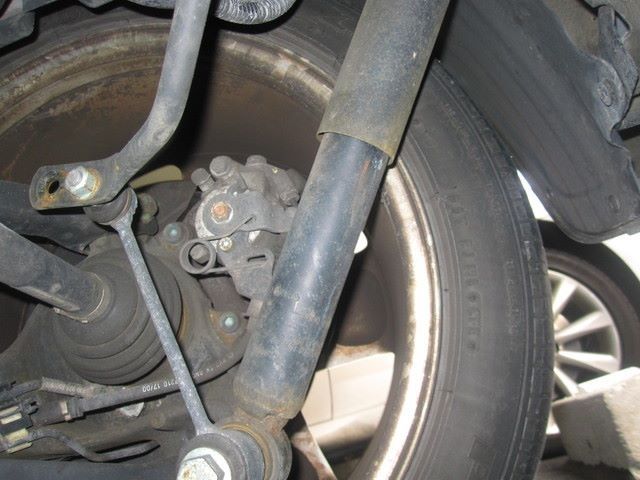
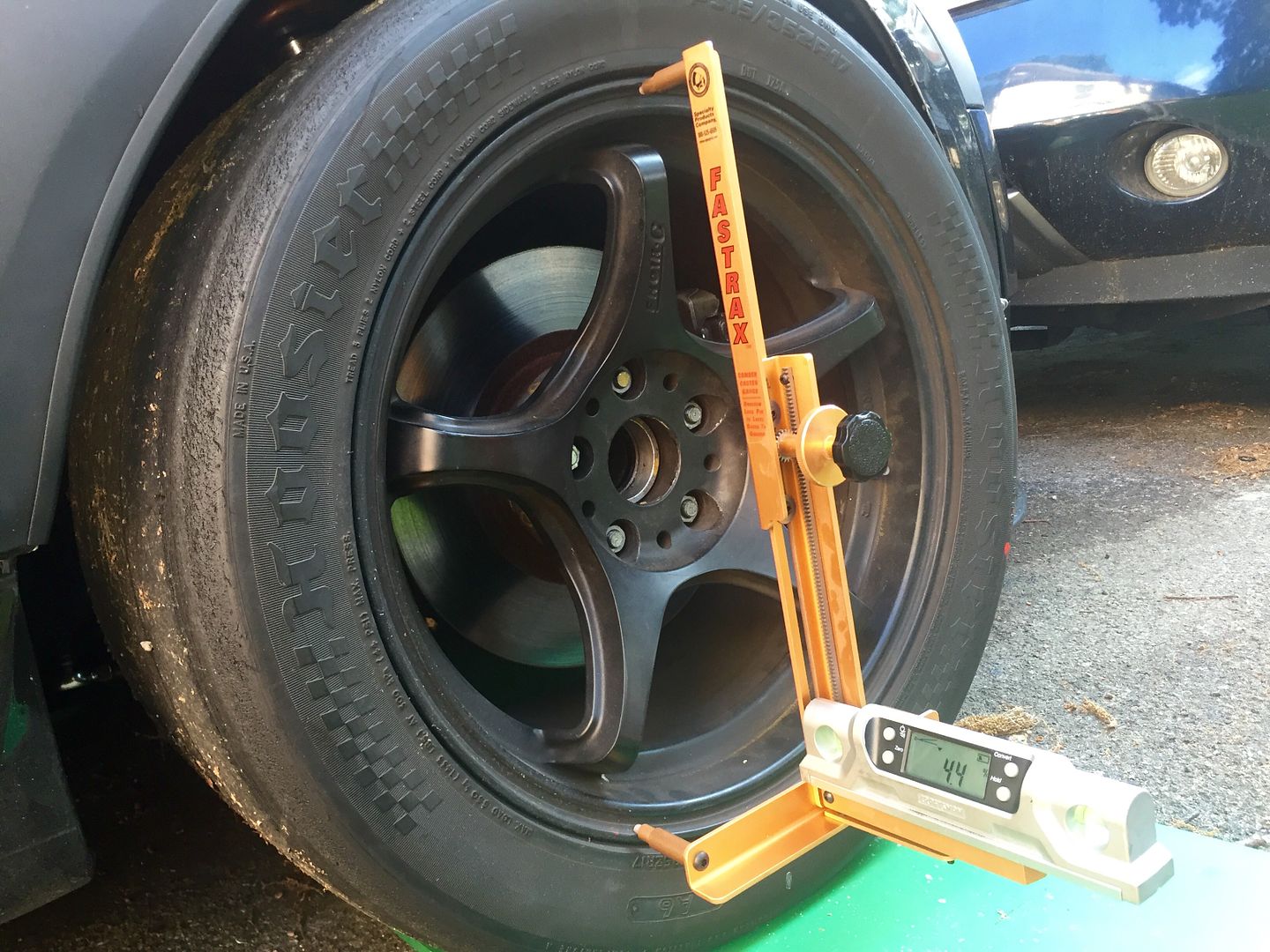
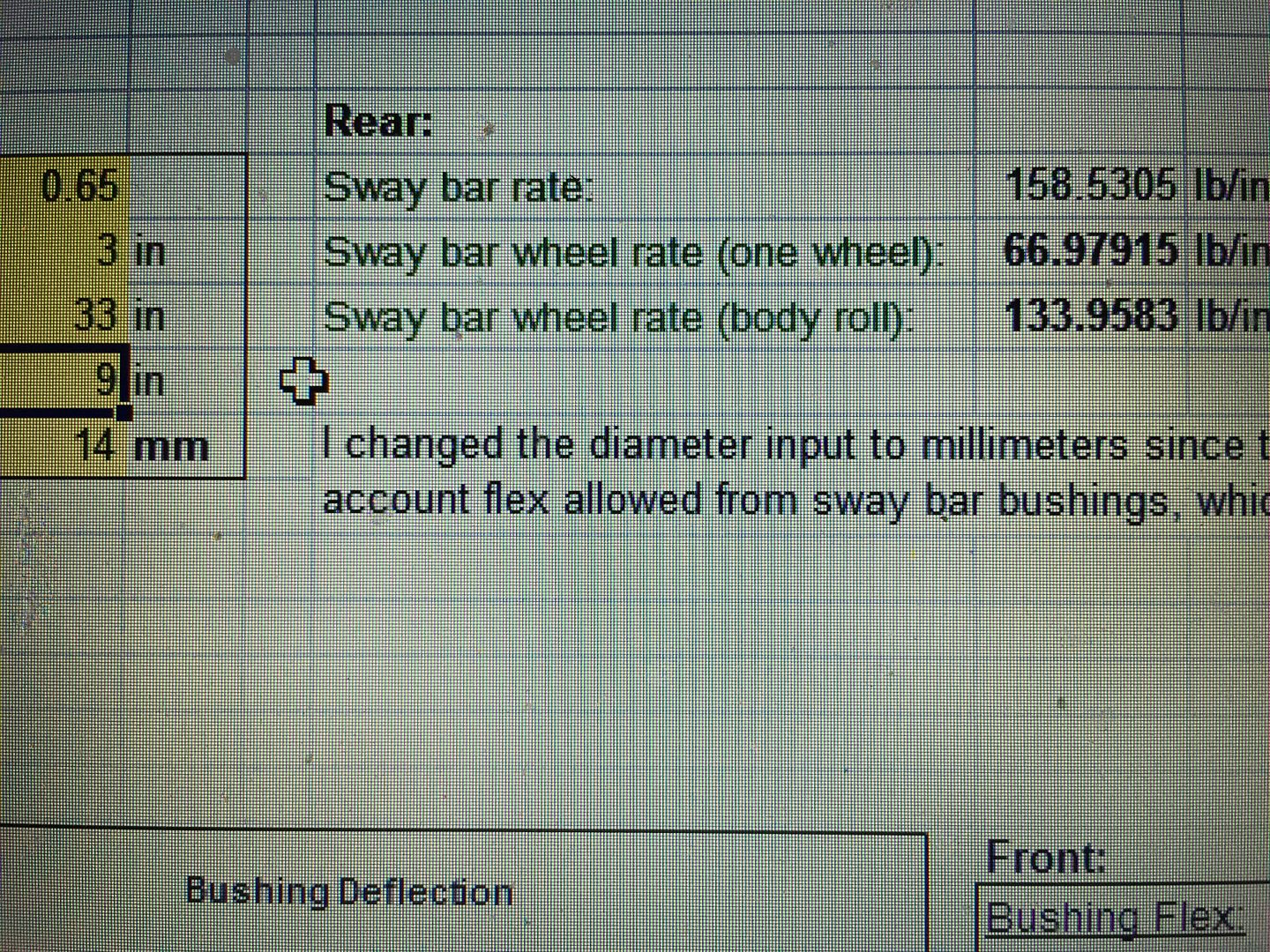
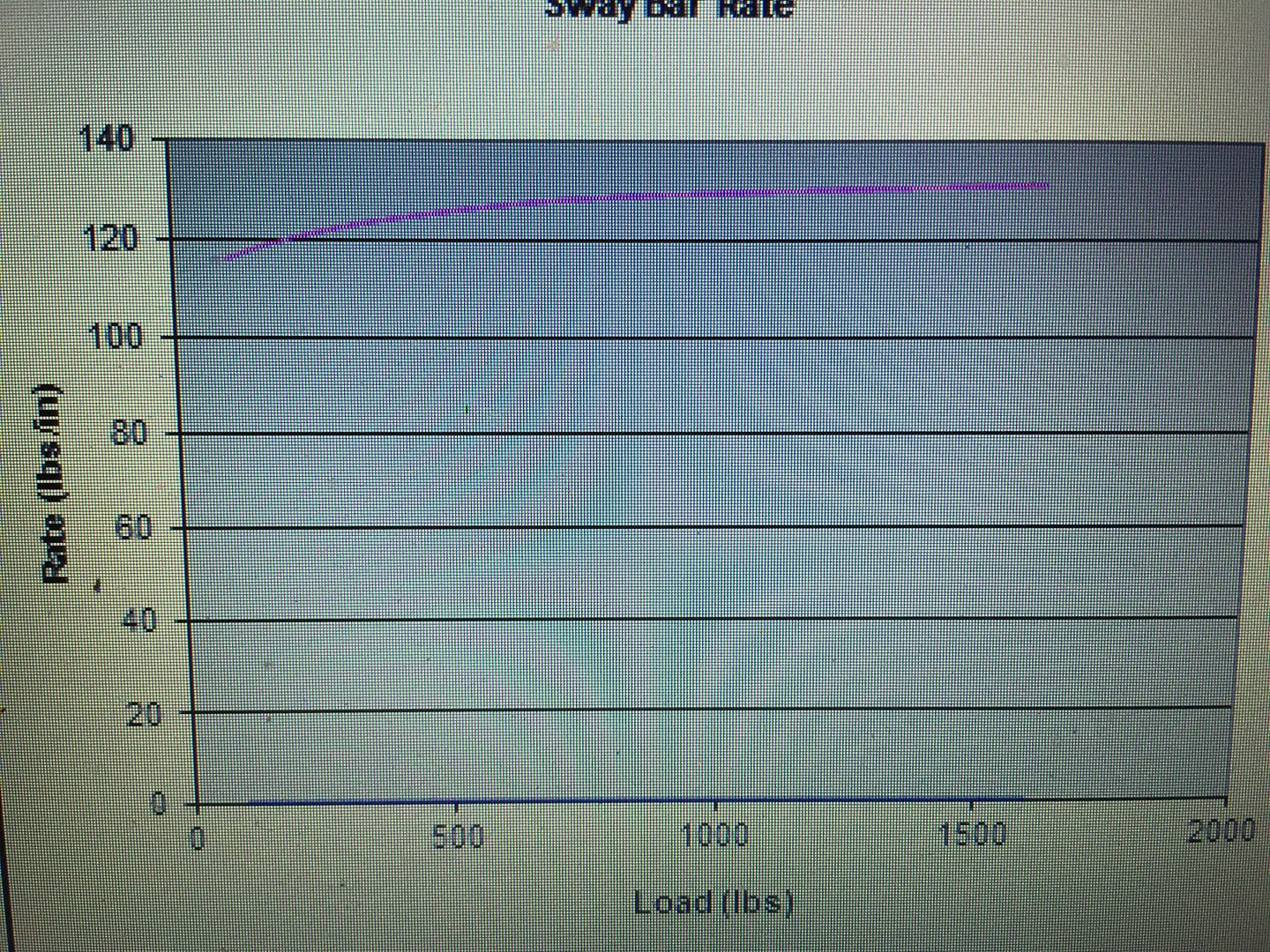
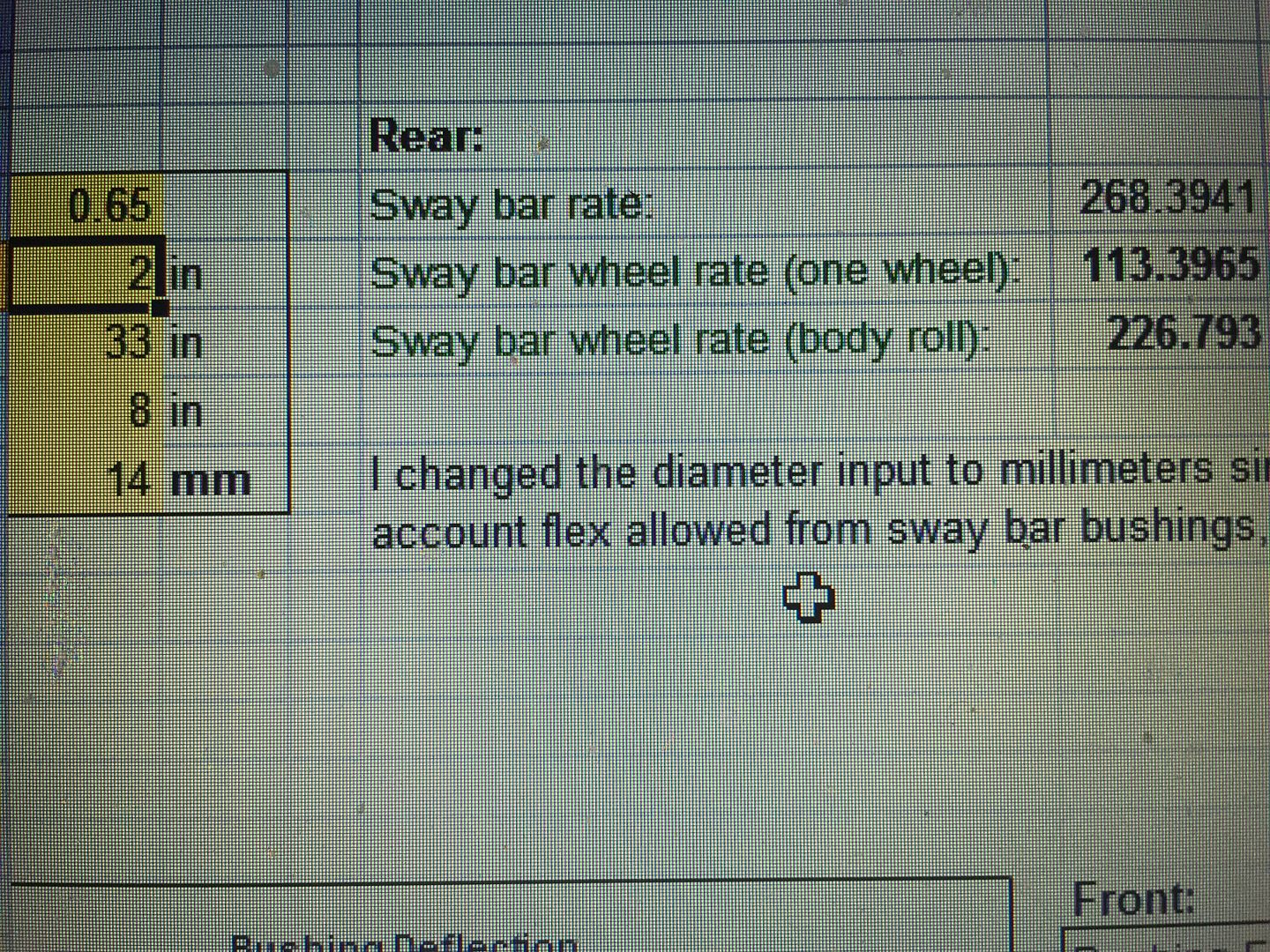
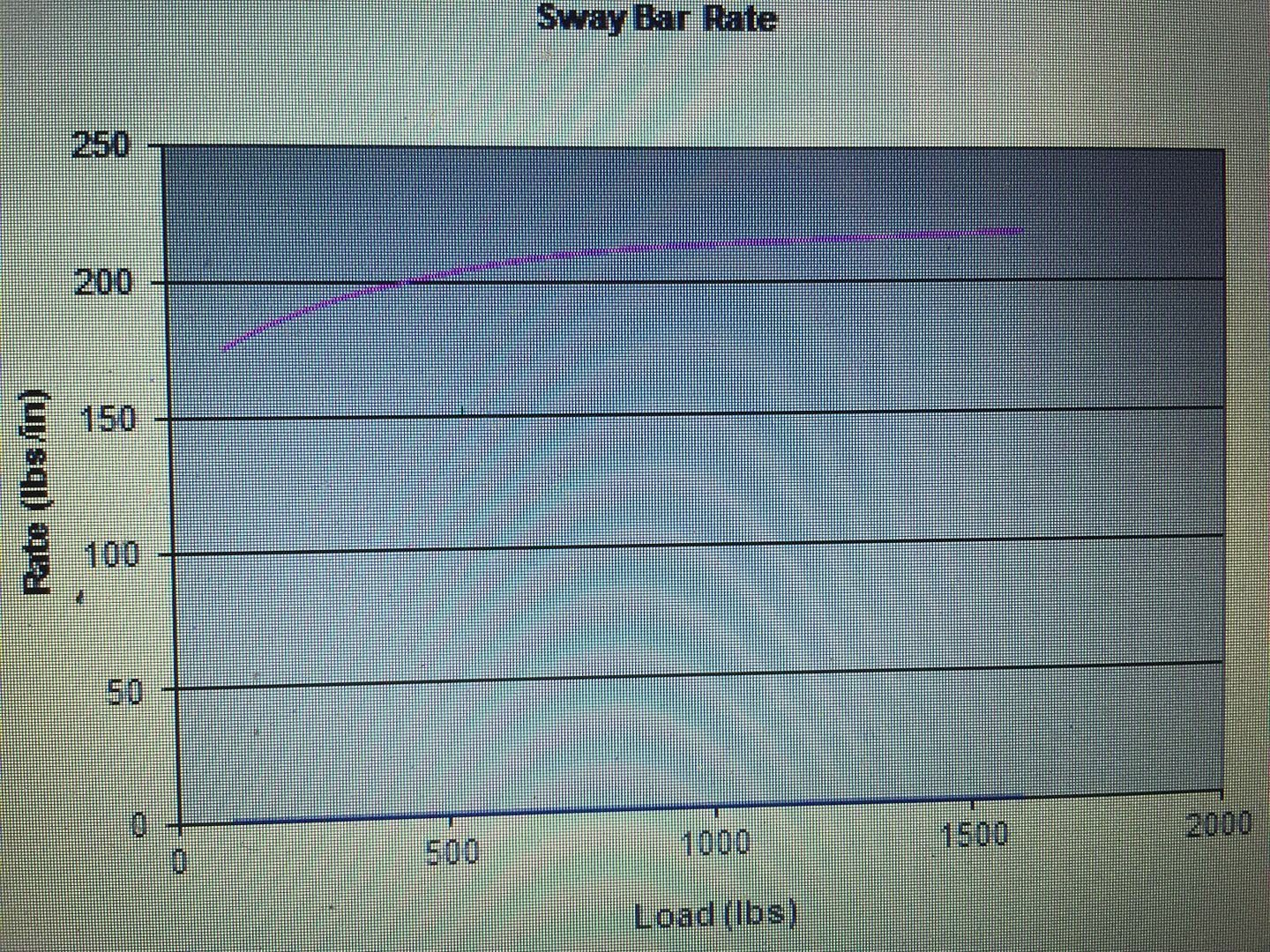
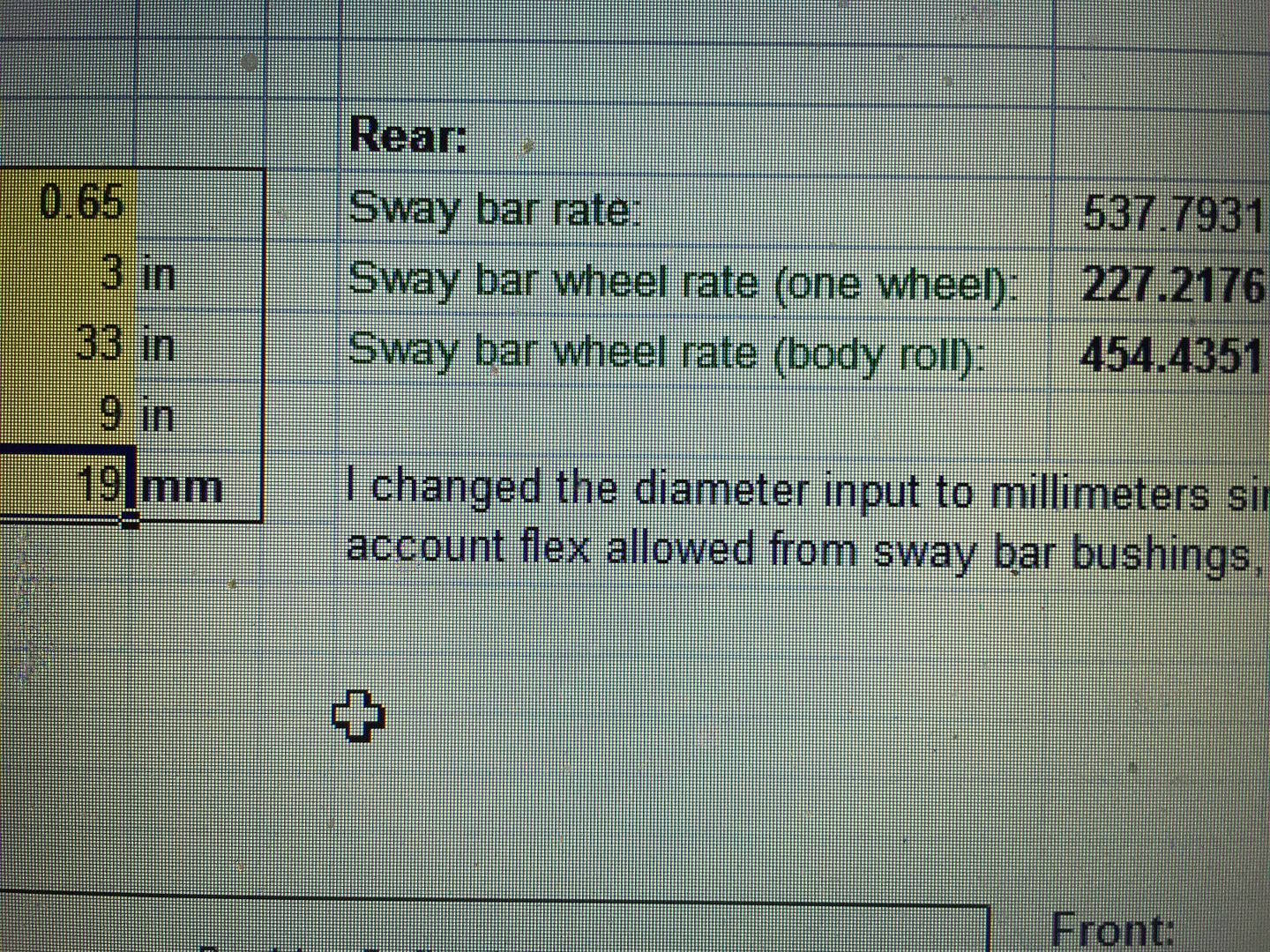
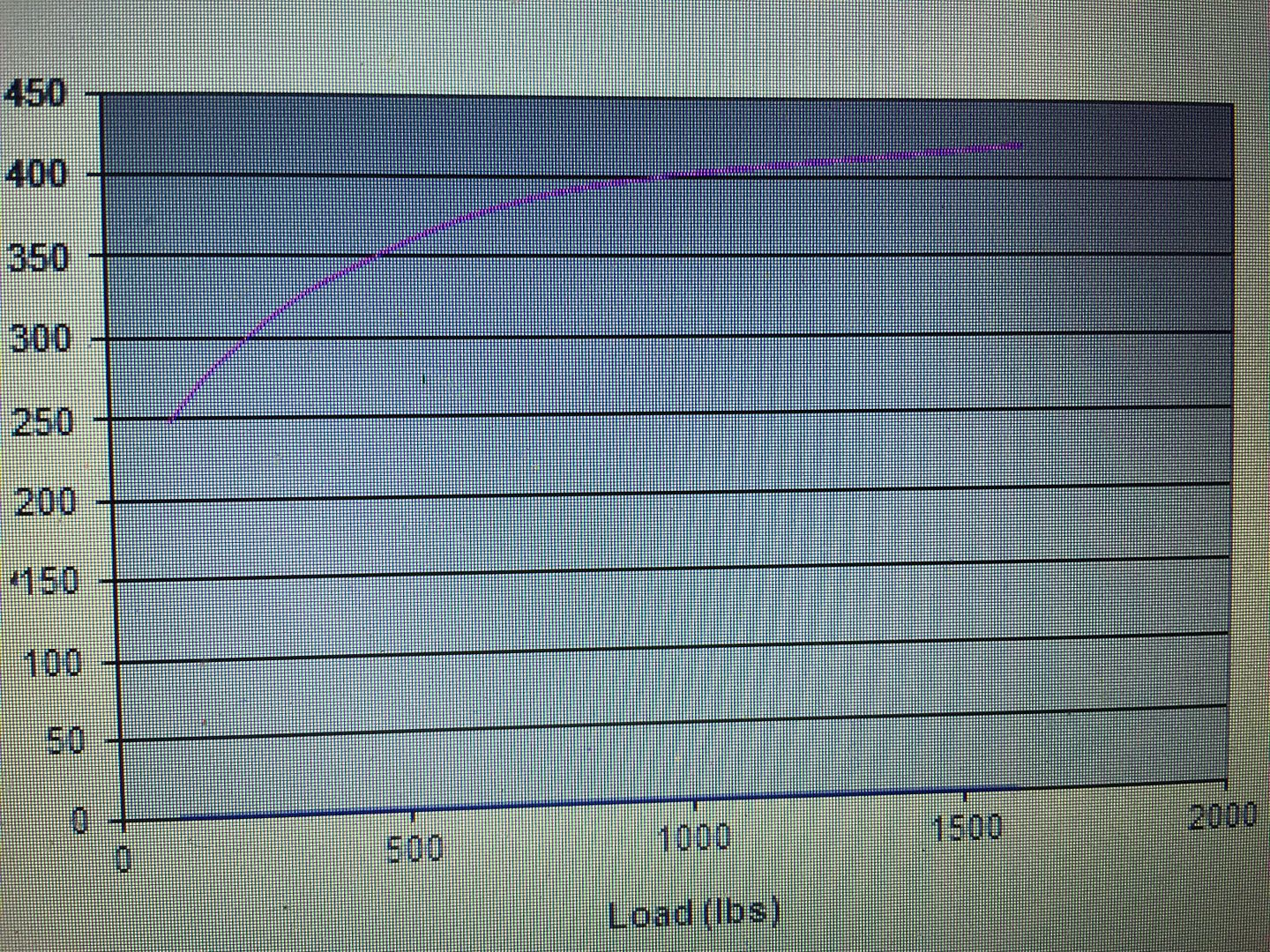
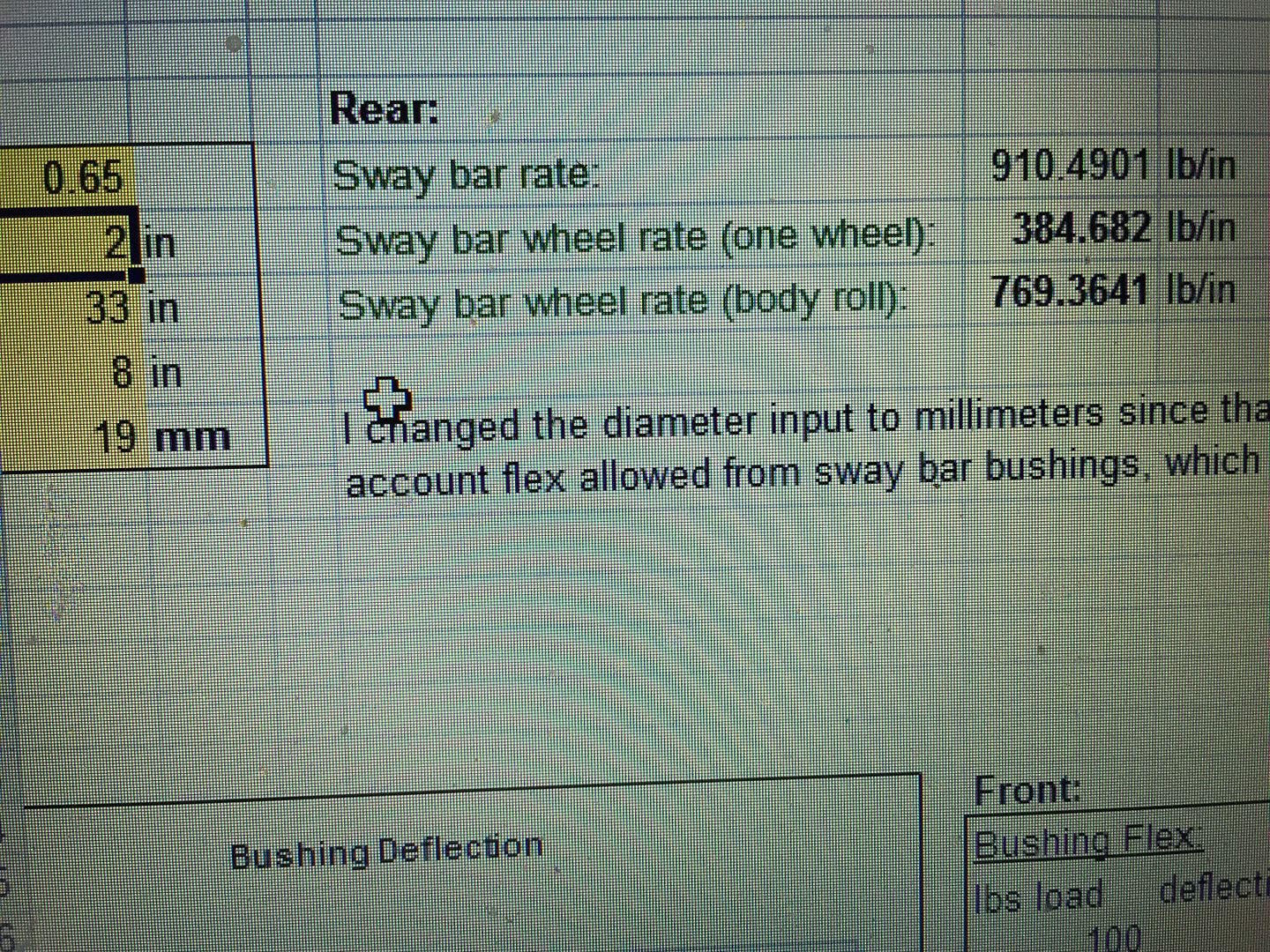
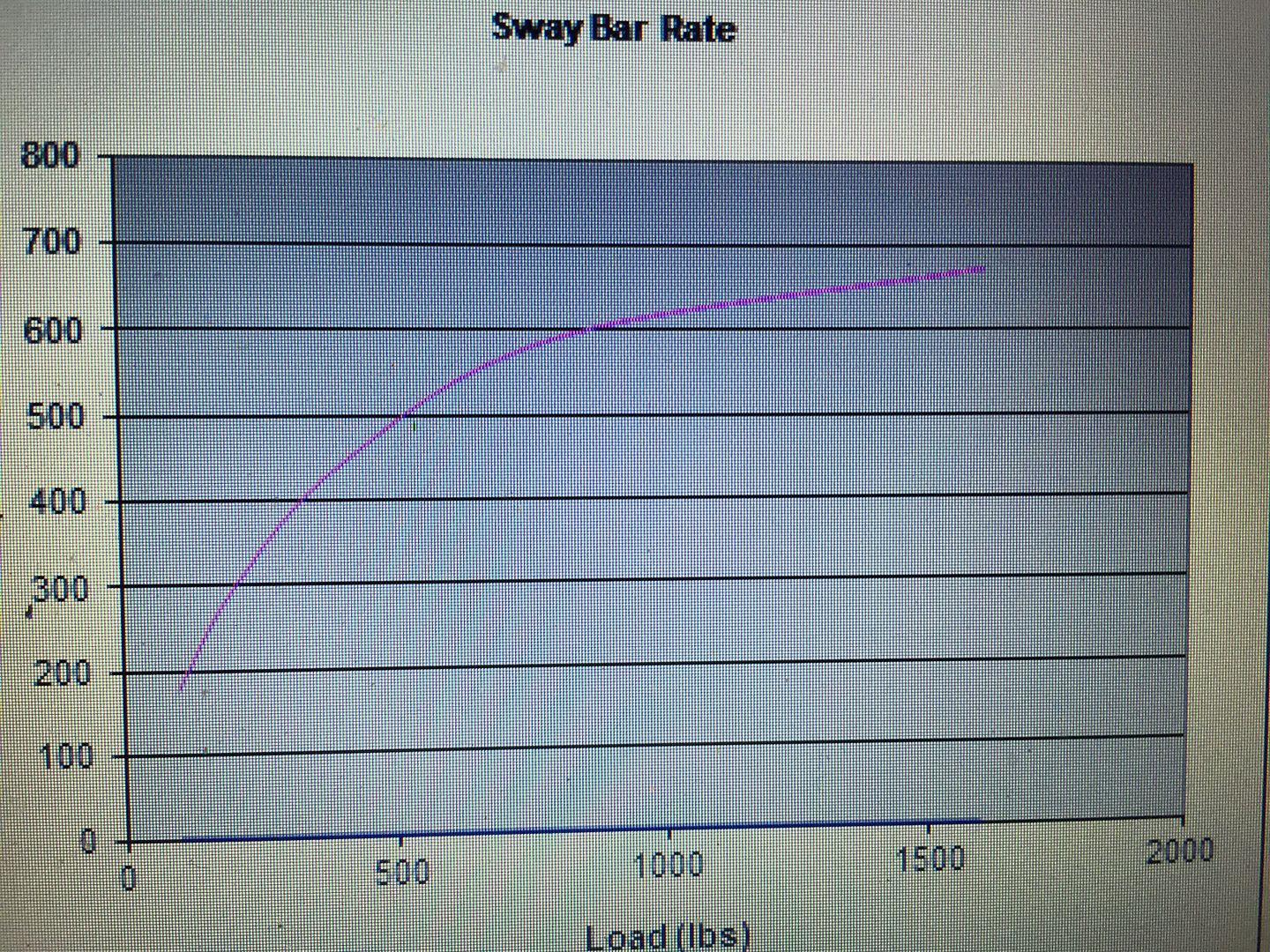
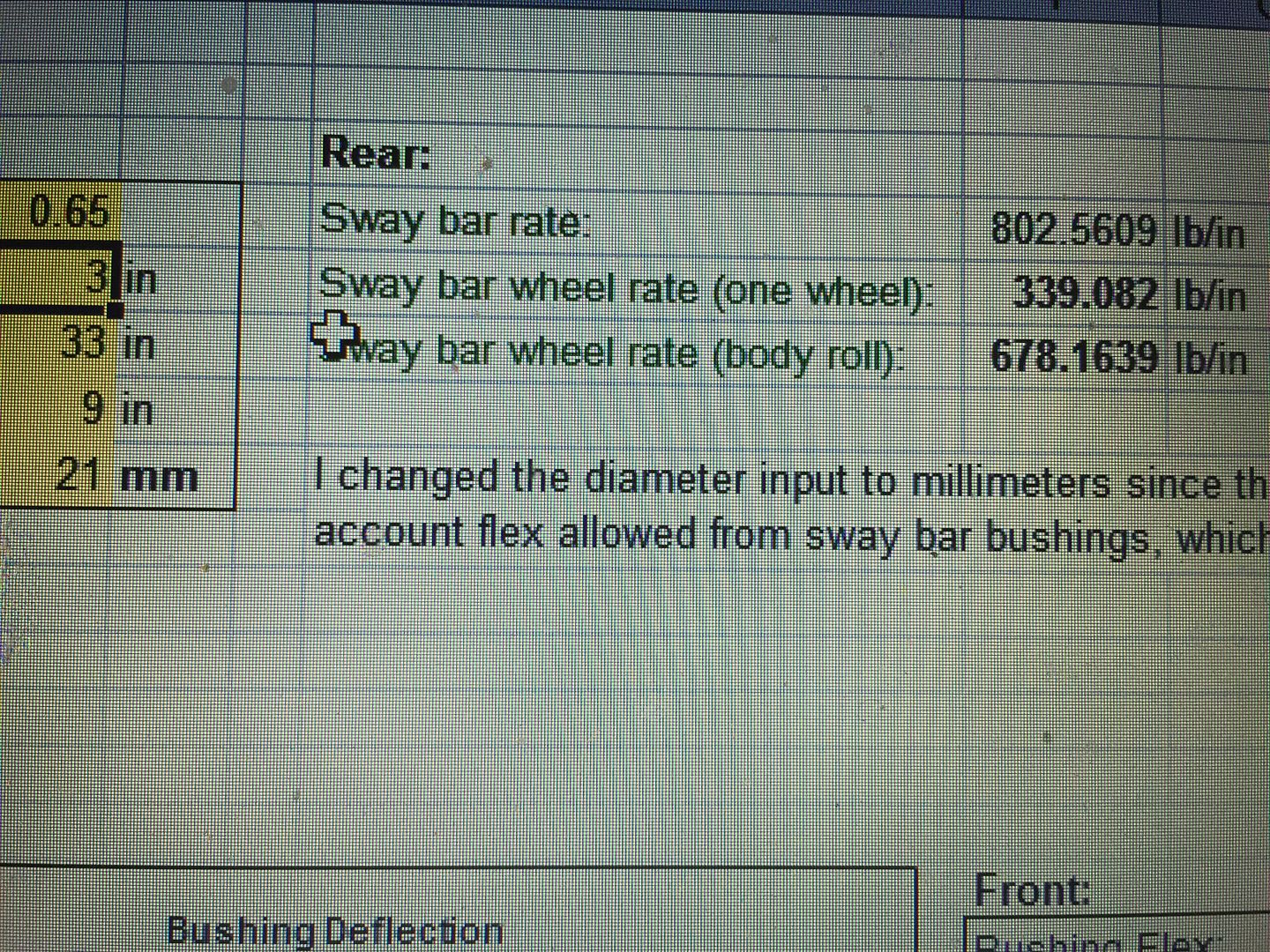
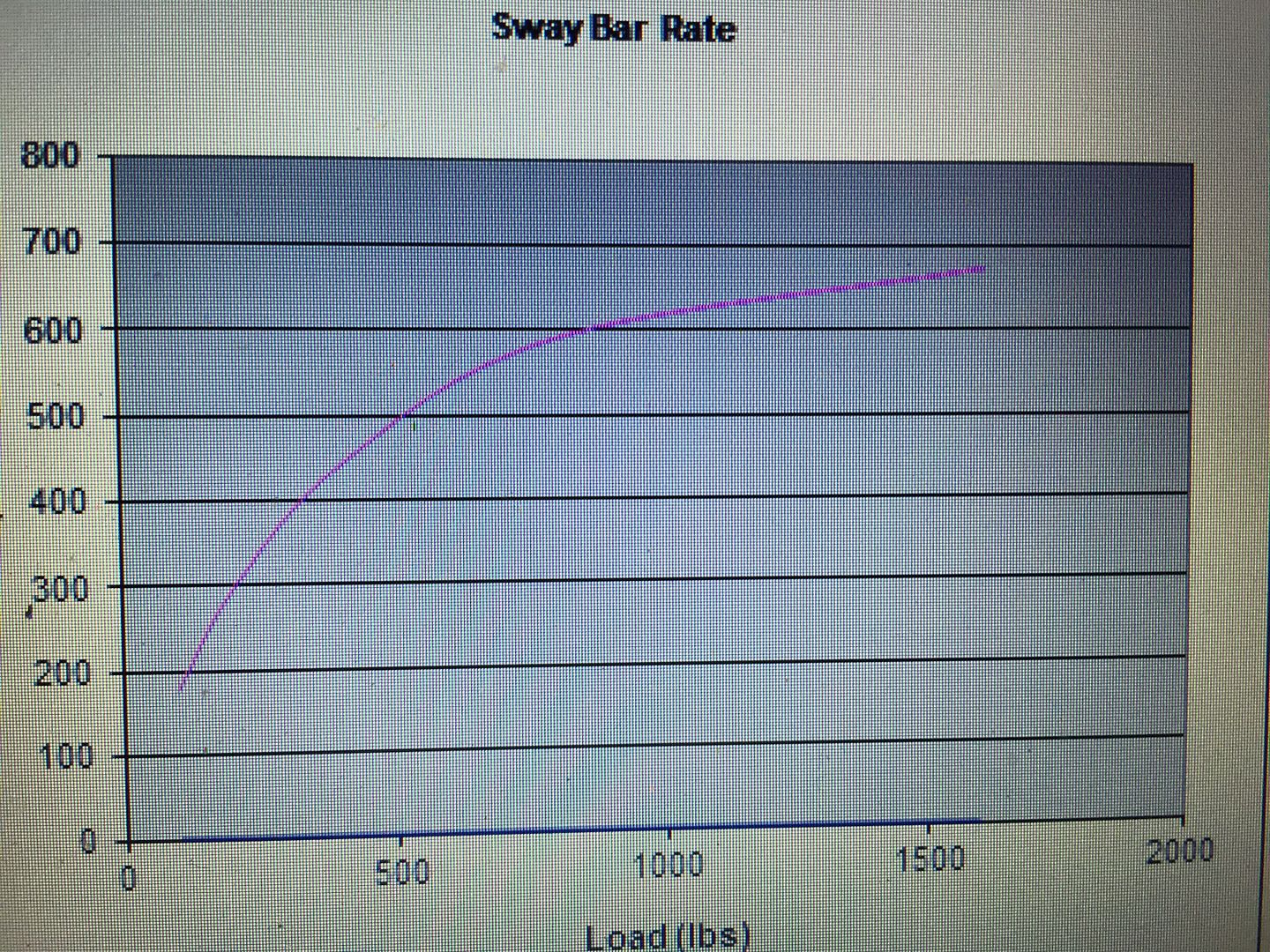
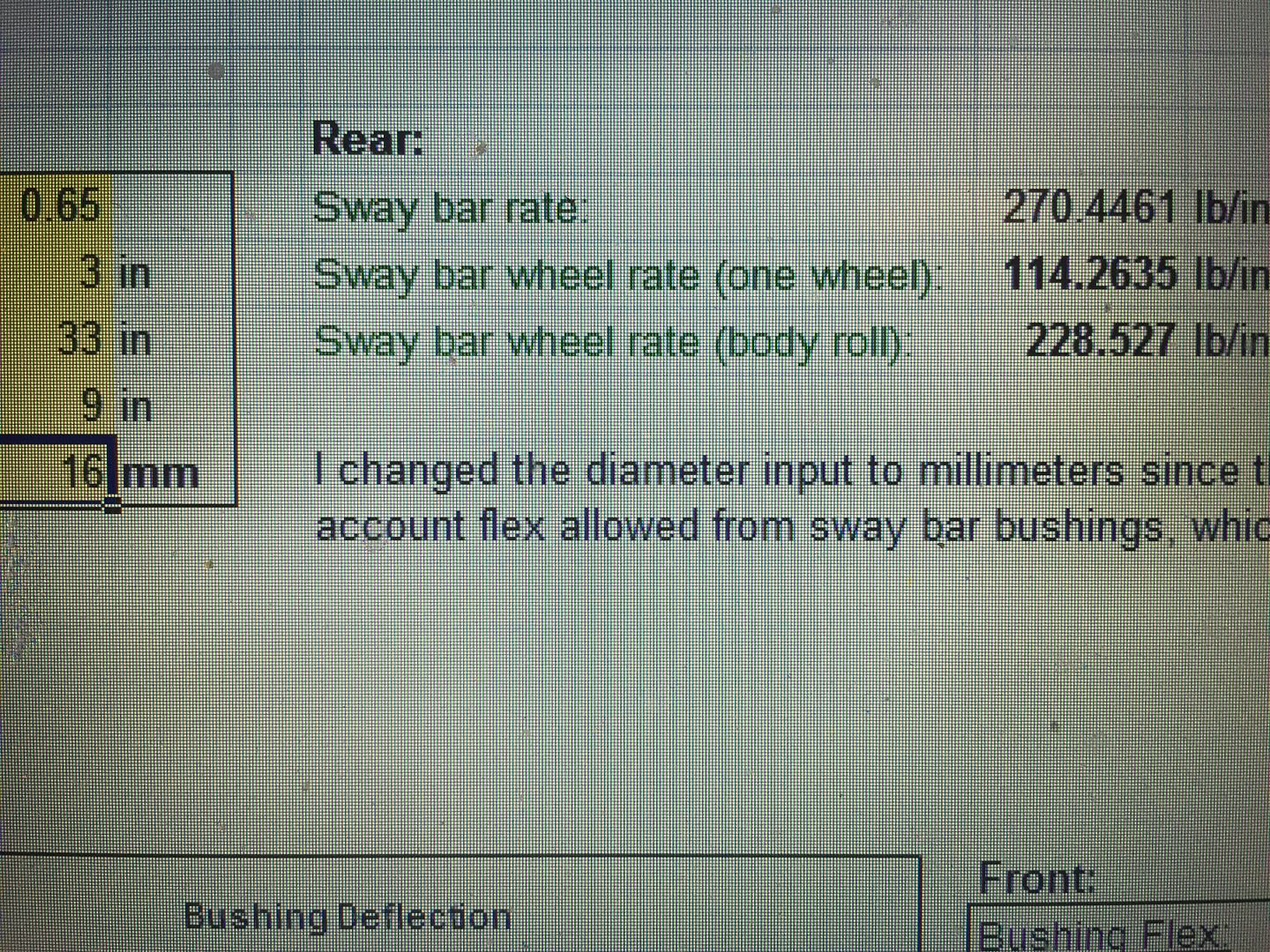
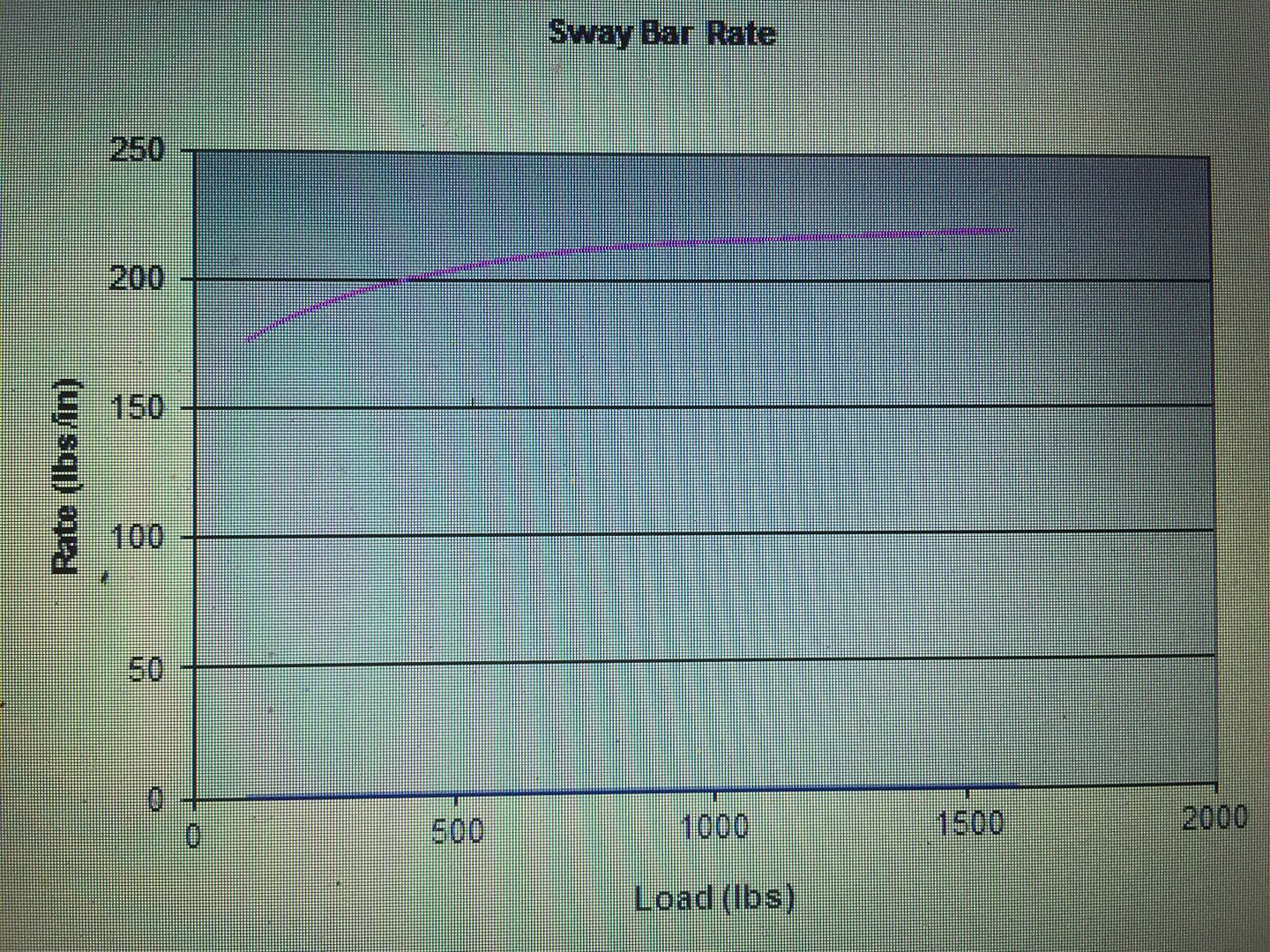
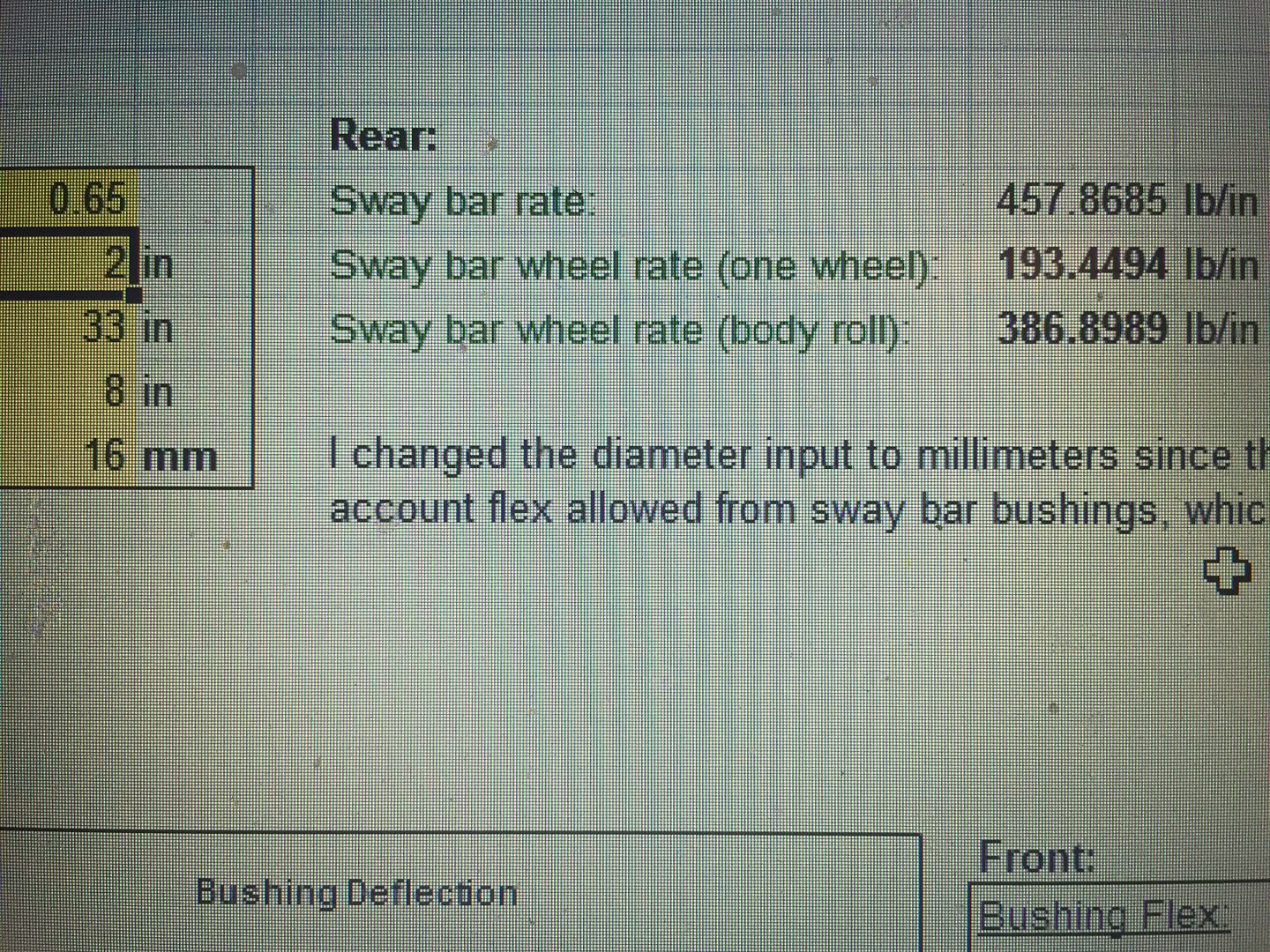
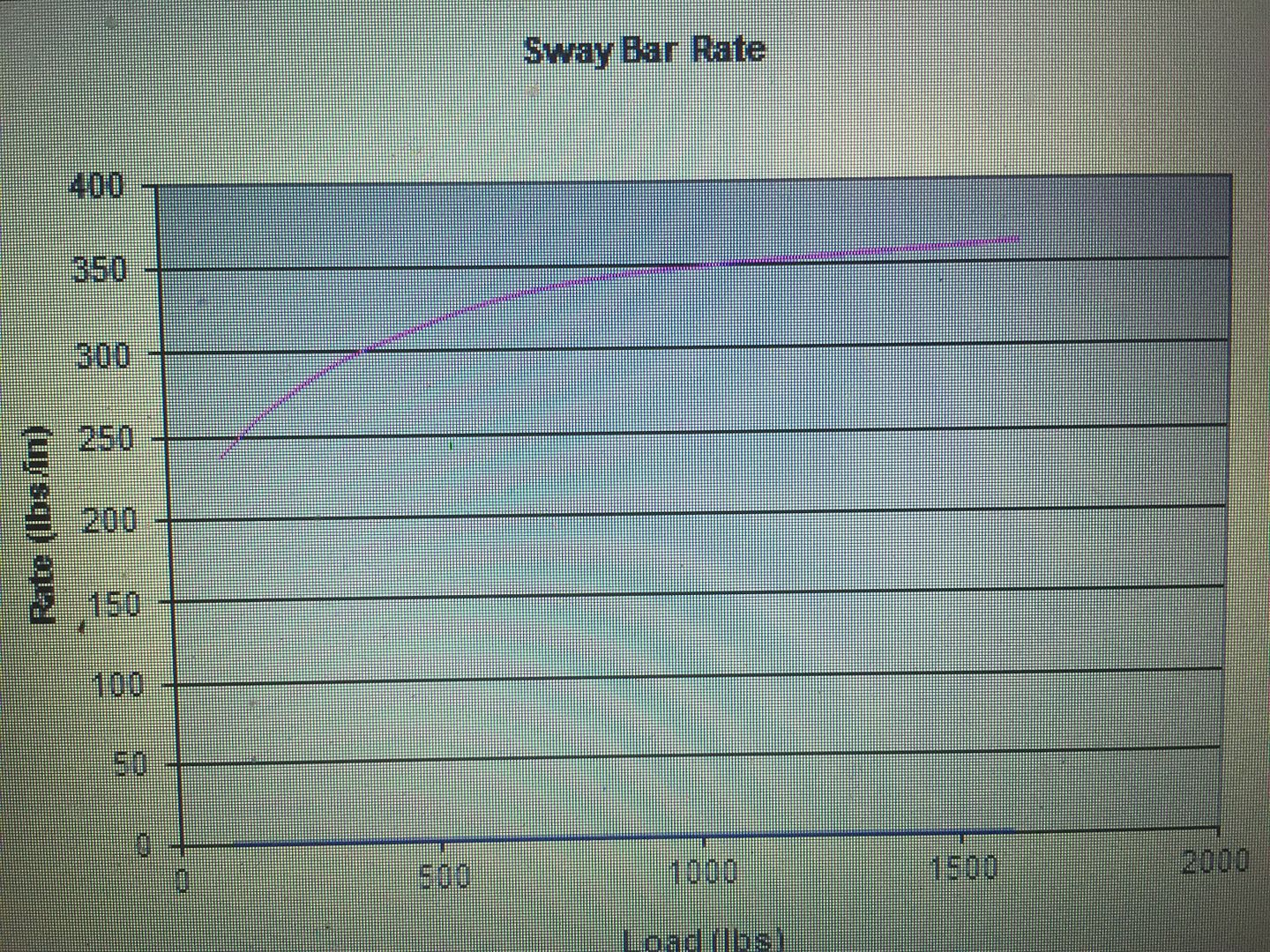

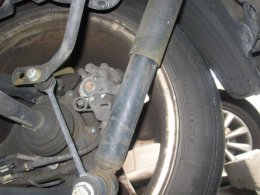

 (I joke I joke)
(I joke I joke)
